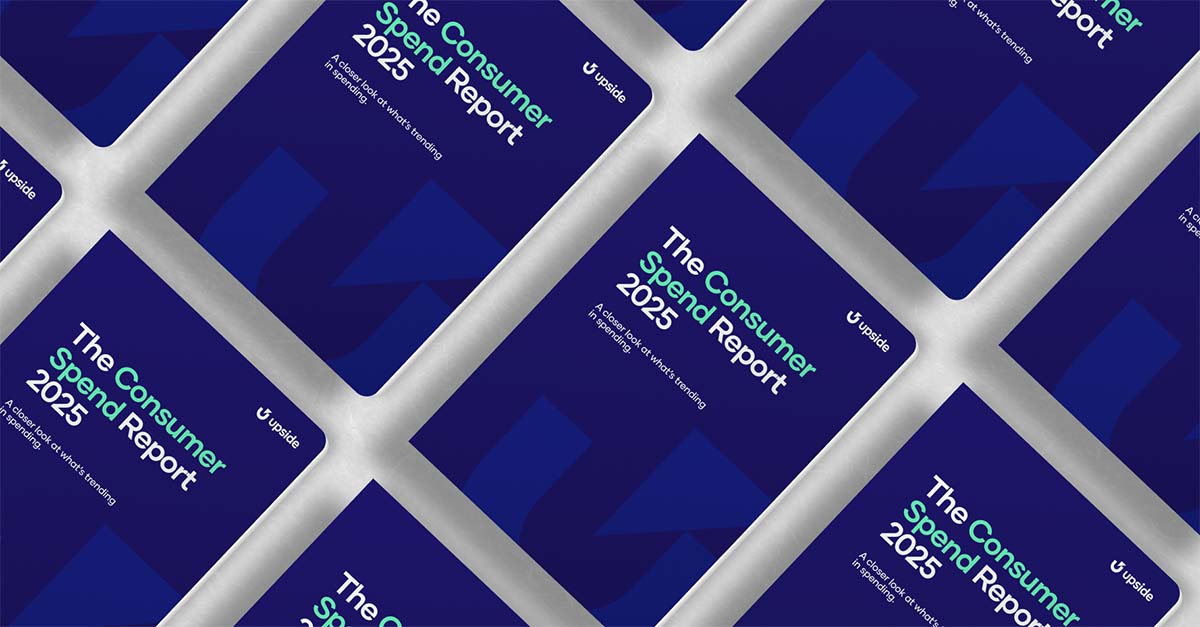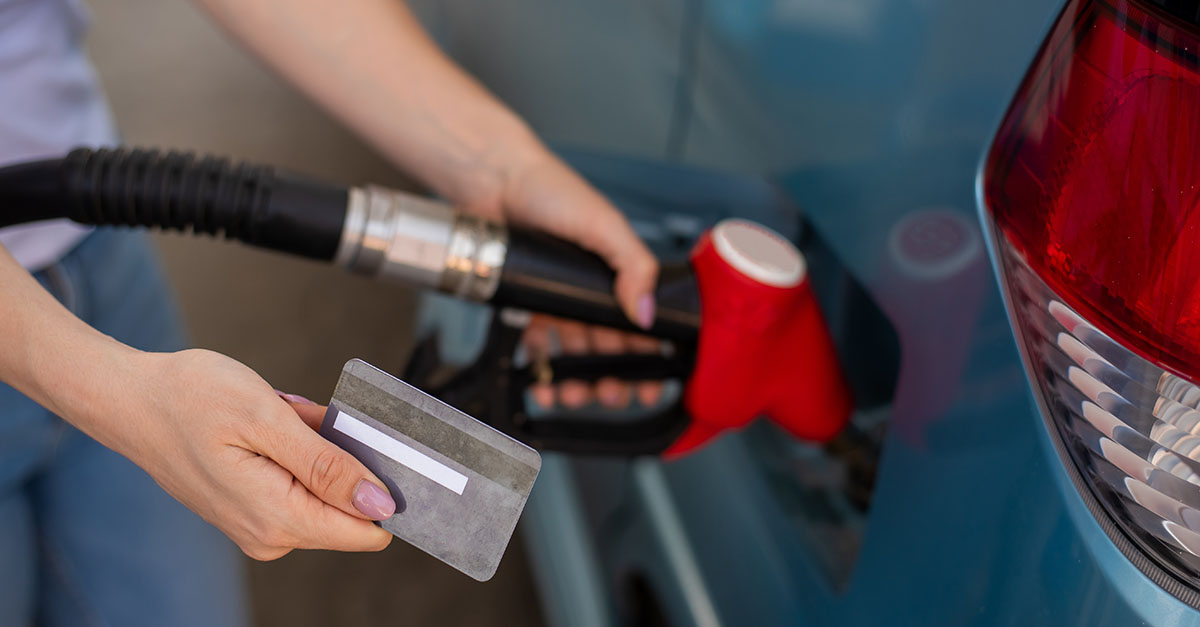Consumer behavior at the pump this summer
A guide to what retailers can expect from consumers this summer as prices at the pump change

Dr. Thomas Weinandy
When OPEC+ announced in April that they will cut production by a combined 1.16 million barrels daily, it immediately raised concerns among retailers and consumers. With the memory of last year’s record-breaking pump prices still fresh in everyone’s minds, gasoline prices in the United States have become a hot and often heated topic of conversation. As consumers closely monitor the changing prices at the pump, retailers are concerned about raising prices to cover costs without scaring away consumers.
So what should we expect? Here we look at the factors that have brought us to this current moment, which helps us better predict where things might be heading.
Here’s what you need to know:
- Despite headlines about OPEC+ production cuts, gas prices are expected to be 20% lower in summer 2023 compared to 2022.
- Although history shows that consumers continue to buy gas at relatively equal rates even when gas prices rise, they change where they buy based on value. Upside data shows that during elevated gasoline prices from June 2021 to June 2022, there was a 5.7% increase in consumers shopping around at different gas stations.
- For every 1% increase in the sign price for regular gasoline, Upside sees a 2.2% increase in total transactions per Upside-participating station and a 2.2% increase in Upside transactions from users that are new to the station.

What is affecting gas prices in summer 2023?
Last summer, the U.S. experienced exceptionally high gasoline prices, driven primarily by Russia’s invasion of Ukraine, which disrupted the global fuel market and subsequent sanctions that reduced Russia’s oil export capacity. That was compounded by pandemic-related supply chain issues that limited fuel extraction, refining, and distribution.

Though prices today are generally lower compared to this time last year, there are some factors causing prices to rise month-over-month for summer 2023:
- OPEC+ production cut: In April 2023, OPEC+ announced a voluntary production cut of 1.16 million barrels a day through the end of 2023, significantly impacting the fuel market. Cutting production means that the gasoline supply will decrease, which drives up costs for retailers and makes consumers change their buying and driving habits.
- Increased demand from China: Although fuel supply worldwide will soon decrease, demand for gasoline is increasing as the Chinese economy re-opens after recent pandemic-related lockdowns. We’ve seen in the past that this increase in demand could impact U.S. oil companies, the cost of gasoline for U.S. consumers, and businesses exporting to China.
- Seasonal price increase: Gasoline prices in the U.S. typically increase during the summer due to higher travel demand and refineries switching to more expensive, temperature-stable gas blends.
Will 2023 fuel prices be as bad as 2022?
It's likely that fuel prices this summer will be lower than in the summer of 2022. Despite these market forces, the U.S. Energy Information Administration (EIA) predicts that prices at the pump for the summer of 2023 will be 20% lower than last summer. This reduction in price can be attributed to a return to more long-run average prices, slower economic growth, and fears of a recession.

How consumers will respond to gas price increases
The graph below gives us a look back at the past two years and the total consumer demand for regular-grade gasoline in the U.S. It’s not surprising that demand for fuel remains relatively unchanged even as gas prices rise and fall—consumers, in general, are willing to pay higher prices in the short term, albeit begrudgingly, because gas is an inelastic good.

Although the demand for fuel does not change much as gas prices rise, consumers do, in fact, change where they decide to buy when sign prices go up.
Upside data shows that during elevated gasoline prices from June 2021 to June 2022, there was a 5.7% increase in consumers shopping around at different gas stations.
For Upside users specifically, there was a:
- 4.9x increase in new users signing up for the Upside platform
- 2.0x increase in first-time customer visits from Upside
As fuel prices increased, we saw first-time and existing Upside users making more transactions at gas stations that partnered with Upside, as they sought out more value with every fill-up.
For every 1% increase in the sign price of regular gasoline, Upside sees a 2.2% increase in total transactions per Upside-participating station, and a 2.2% increase in Upside transactions from users that are new to the station.
We see that in the chart below, with the number of transactions from new Upside users in green, and existing Upside users at an average gas station in blue.

The impact on fuel retailers
When gas prices rise, and consumers become more value-conscious, it puts pressure on fuel retailers to drop their sign prices to stay competitive. Doing that means sacrificing margin across all transactions, which presents long-term risks to their business if these low-margin periods are sustained.
Retailers working with Upside can provide the value consumers are looking for without reducing their sign price or introducing excessive promotions–thereby safeguarding their margins across all transactions.
By providing users with the value they need, Upside offers retailers the opportunity to profitably:
- Fill empty pumps with customers and cover costs.
- Retain existing customers using the Upside app.
- Attract new customers searching for value.
Share this article:
Dr. Weinandy is a Principal Research Economist at Upside, providing valuable insights into consumer spending behavior and macroeconomic trends for the fuel, grocery, and restaurant industries. With a Ph.D. in Applied Economics, his academic research is in digital economics and brick-and-mortar retail. He recently wrote a book on leveraging AI for business intelligence.
Request a demo
Request a demo of our platform with no obligation. Our team of industry experts will reach out to learn more about your unique business needs.










.png)




